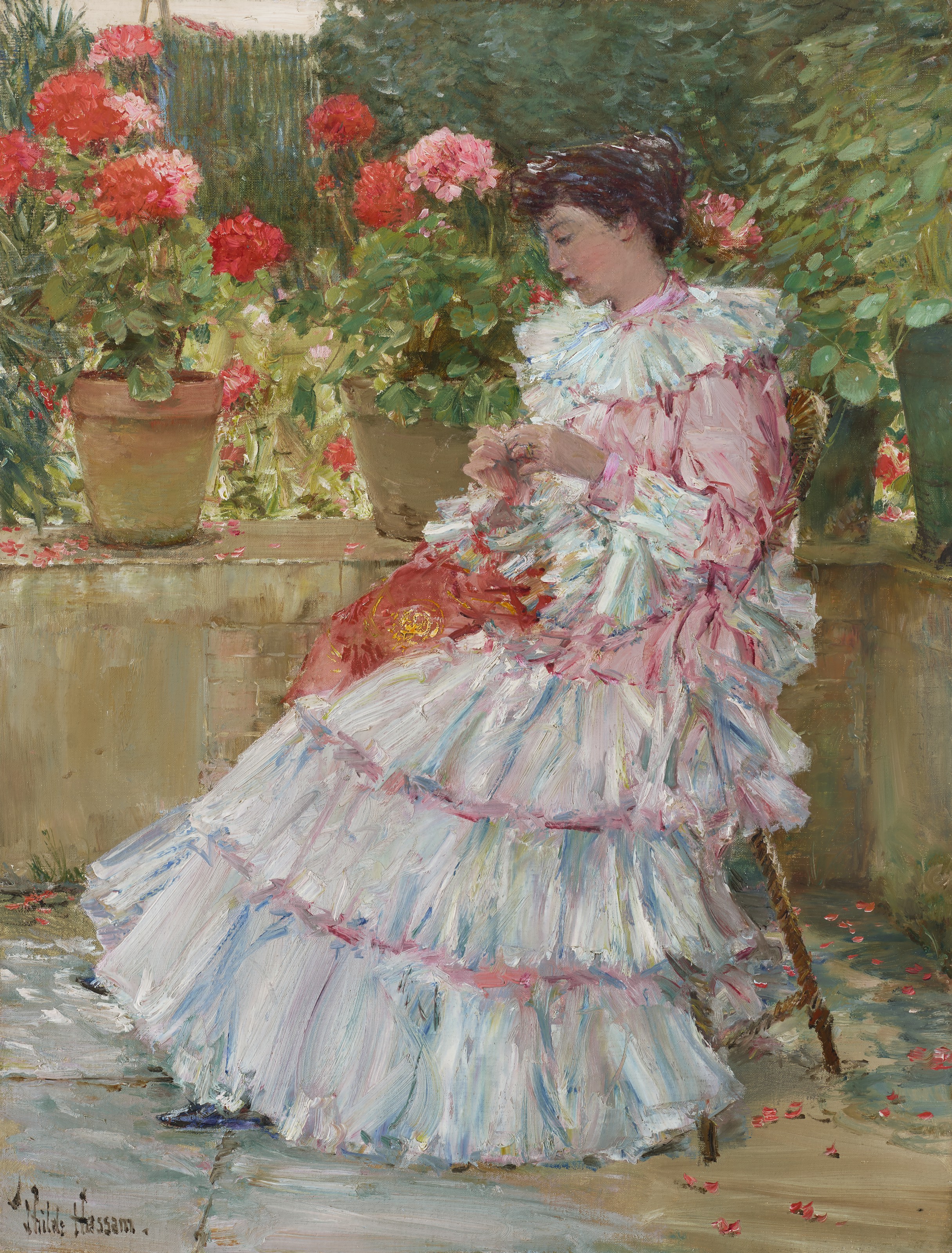Painted in June 1945, René Magritte (Belgian surrealist artist, 1898-1967) himself described the scene in L'utopie in his publication, Dix tableaux de Magritte précédes de descriptions, published the following year.
There, he explained that, 'The rose is alone on an island'..
This sense of the solitude of the flower, already emphasised by the span of the distant horizon and the vastness of the ocean, is thus reinforced by Magritte's statement and his own declared intention.
How did the rose reach this island?
René Magritte | L'utopie (Utopia), 1945








































